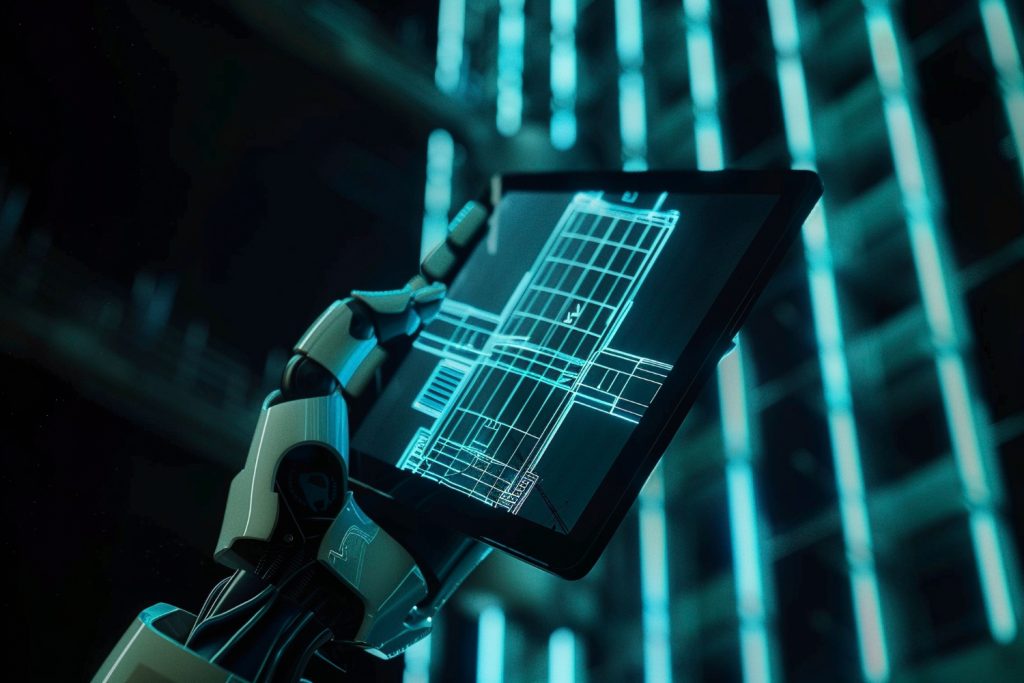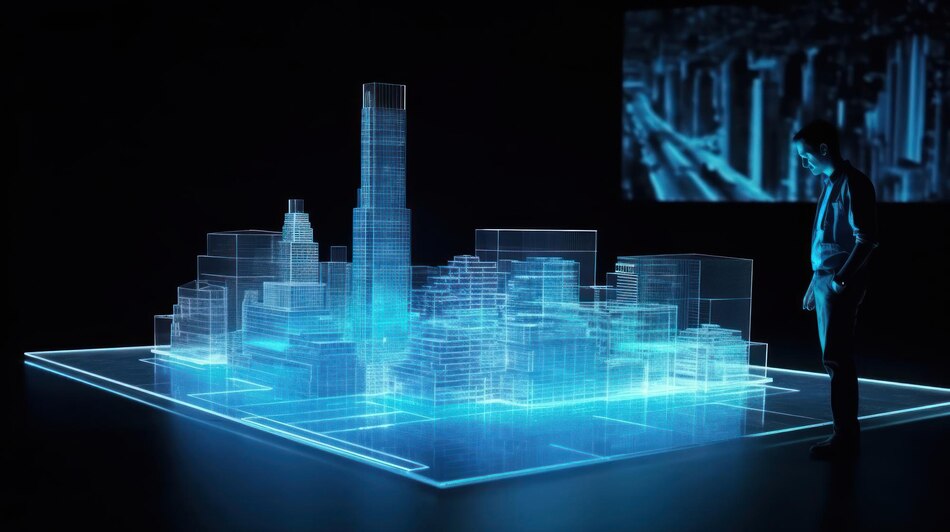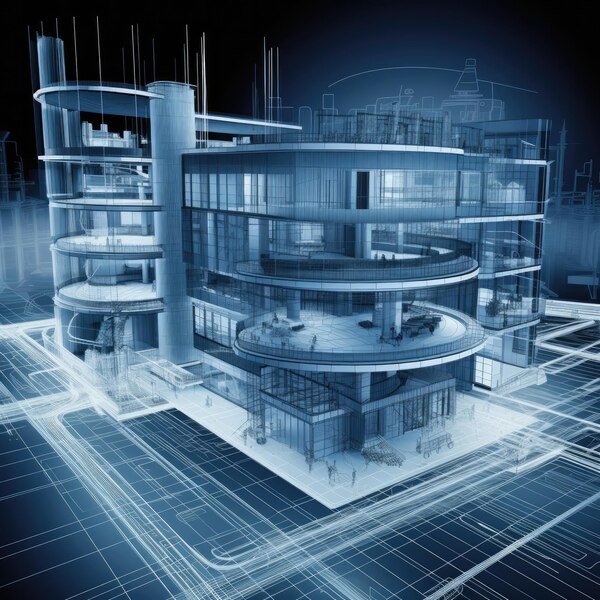Introduction:
In the dynamic landscape of architecture, engineering, and construction (AEC), the adoption of Building Information Modeling (BIM) has revolutionized project workflows and collaboration. While traditional BIM focuses on 3D modeling and data integration, the concept of 7D BIM takes it a step further by incorporating additional dimensions related to project management and facilities management. In this blog, we delve into the intricacies of 7D BIM, exploring its definition, components, benefits, and applications in the AEC industry.
1. Understanding 7D BIM:

a. Definition:
- 7D BIM extends beyond traditional 3D modeling to encompass additional dimensions related to project management and facilities management. These dimensions typically include time (4D), cost (5D), and lifecycle information (6D), with the addition of sustainability and asset management (7D).
b. Components of 7D BIM:
- Time (4D): Incorporates scheduling and sequencing information into the BIM model, allowing stakeholders to visualize the construction timeline and identify potential conflicts or delays.
- Cost (5D): Integrates cost data and estimation tools into the BIM model, enabling stakeholders to track project expenses, analyze budget allocations, and make informed financial decisions.
- Lifecycle Information (6D): Extends the BIM model to include information about building components, materials, and maintenance requirements over the lifecycle of the project.
- Sustainability and Asset Management (7D): Incorporates environmental performance data, energy efficiency analysis, and facilities management information into the BIM model, supporting sustainable building practices and efficient facility operations.
2. Benefits of 7D BIM:

a. Enhanced Project Planning:
- 7D BIM provides stakeholders with a comprehensive view of the project, incorporating time, cost, and lifecycle information into the model. This facilitates more accurate planning, scheduling, and resource allocation throughout the project lifecycle.
b. Improved Decision-Making:
- By integrating cost and lifecycle data into the BIM model, stakeholders can make informed decisions about design alternatives, construction methods, and materials selection, optimizing project outcomes and minimizing risks.
c. Streamlined Facilities Management:
- 7D BIM supports efficient facilities management by providing stakeholders with access to comprehensive information about building components, maintenance schedules, and asset performance. This enables proactive maintenance, reduces downtime, and extends the lifespan of assets.
3. Applications of 7D BIM:

a. Construction Planning and Sequencing:
- 7D BIM facilitates detailed construction planning and sequencing, allowing stakeholders to visualize the construction process, identify potential conflicts, and optimize resource utilization.
b. Cost Estimation and Budget Management:
- By integrating cost data into the BIM model, stakeholders can accurately estimate project costs, track budget allocations, and identify cost-saving opportunities throughout the project lifecycle.
c. Sustainable Design and Operations:
- 7D BIM supports sustainable design and operations by incorporating environmental performance data and energy efficiency analysis into the model. This enables stakeholders to evaluate the environmental impact of design decisions and implement sustainable building practices.
4. Challenges and Considerations:
a. Data Integration and Standardization:
- One of the key challenges of 7D BIM is the integration of diverse data sources and formats into the BIM model. Standardization of data formats and interoperability between software platforms are essential for successful implementation.
b. Training and Skill Development:
- Implementing 7D BIM requires specialized skills and training for stakeholders involved in project planning, cost estimation, and facilities management. Continuous education and professional development are crucial for effective use of 7D BIM tools and methodologies.
5. Future Outlook:
a. Technological Advancements:
- As technology continues to evolve, we can expect further advancements in 7D BIM tools and methodologies, enabling more seamless integration of time, cost, and lifecycle information into the BIM model.
b. Industry Adoption:
- With growing awareness of the benefits of 7D BIM, we anticipate increased adoption across the AEC industry, particularly in large-scale construction projects and complex infrastructure developments.
Conclusion:
7D BIM represents the next frontier in digital construction, offering stakeholders a comprehensive framework for project planning, cost management, and facilities operations. By leveraging the power of 7D BIM, organizations can optimize project outcomes, enhance sustainability, and drive innovation in the AEC industry. As the technology continues to evolve, the potential for 7D BIM to transform the way we design, build, and manage infrastructure is truly limitless.
Frequently Asked Questions (FAQs) – 7D BIM:
1. What are the additional dimensions beyond 3D?
- In 7D BIM, the additional dimensions beyond 3D include time (4D), cost (5D), lifecycle information (6D), and sustainability and asset management (7D).
2. How does support sustainable building practices?
- incorporates environmental performance data, energy efficiency analysis, and sustainable materials information into the model, enabling stakeholders to make informed decisions about sustainable design and operations.
3. What role does play in facilities management?
- supports efficient facilities management by providing stakeholders with comprehensive information about building components, maintenance schedules, and asset performance. This enables proactive maintenance and extends the lifespan of assets.
4. Is specialized training required for implementing?
- Yes, implementing requires specialized skills and training for stakeholders involved in project planning, cost estimation, and facilities management. Continuous education and professional development are essential for effective use of tools and methodologies.
5. What are some common challenges associated with implementation?
- Common challenges include data integration and standardization, interoperability between software platforms, and the need for specialized skills and training. Overcoming these challenges requires careful planning, investment in technology, and ongoing education.








